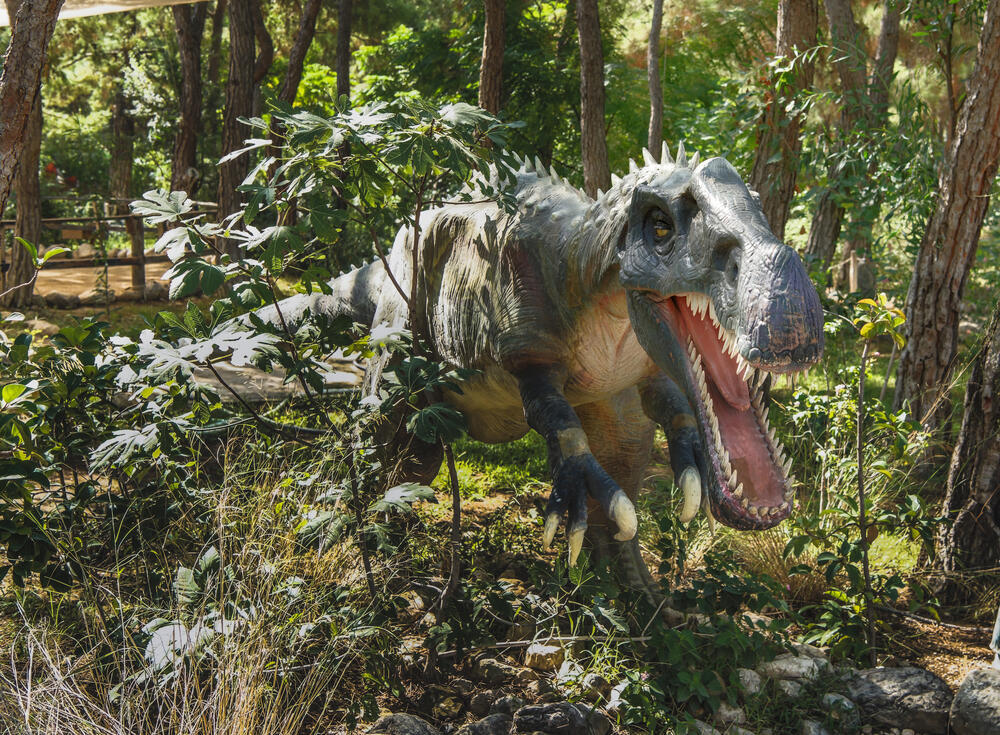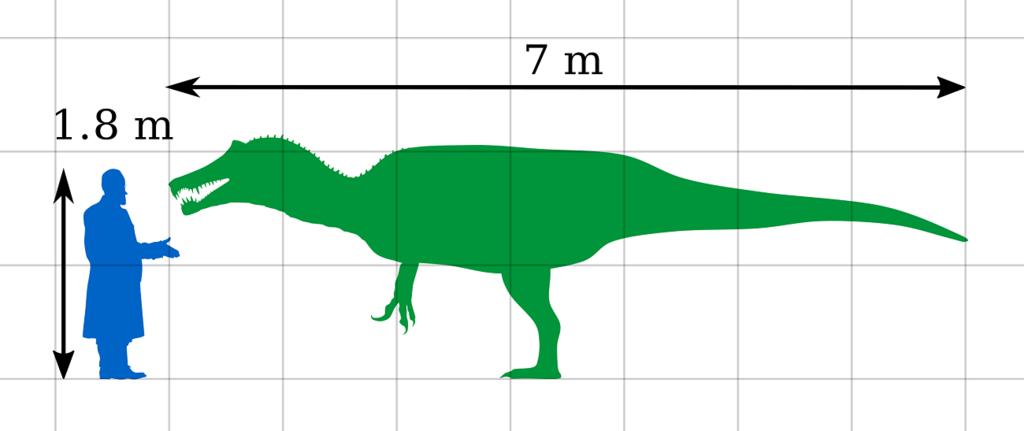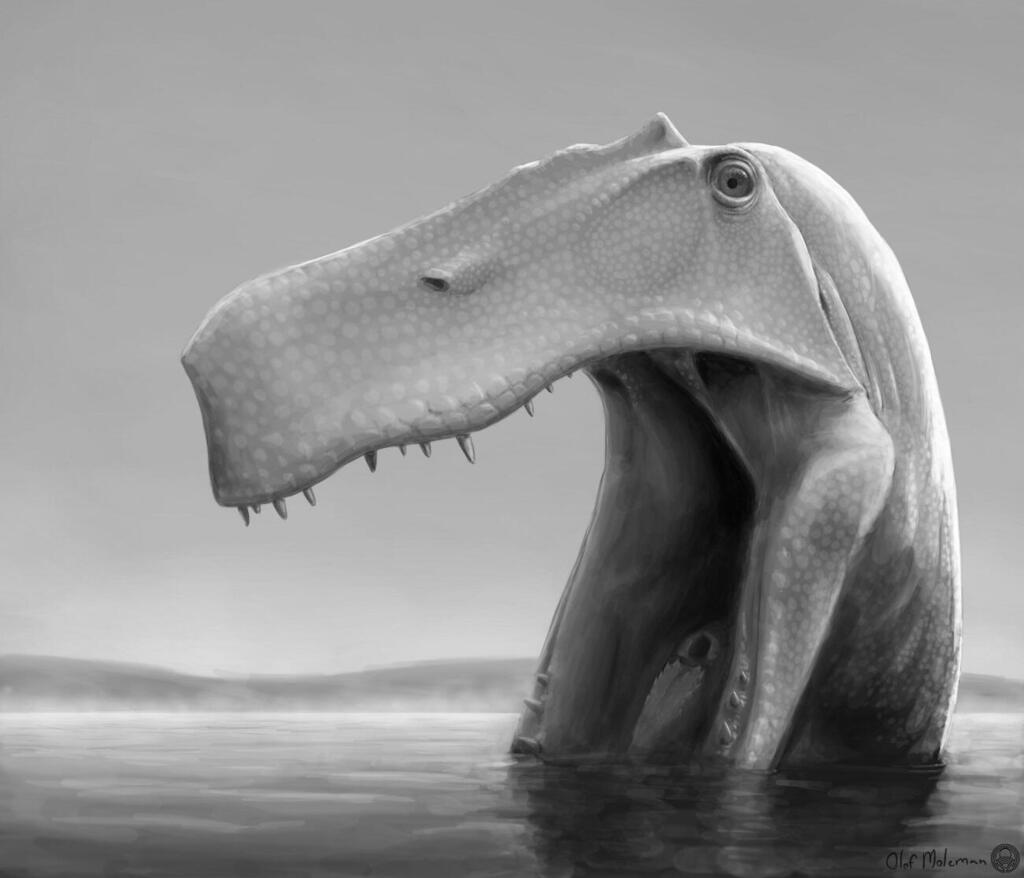Unleash the Irritator, a member of the Spinosauridae family and its captivating sub-family, Spinosaurinae. These magnificent creatures roamed the earth during the early Cretaceous period, around 110 million years ago. Originating during the Albian age, their stomping grounds stretched across exotic locations in today's Brazil.
Why the name Irritator? Get this: When paleontologists first stumbled upon the Irritator's fossilized remains, they were perplexed by its complex and damaged skull. Their frustration led to a brilliantly amusing moniker, derived from the genus name "irritation."
But that's not all. The name Irritator also pays homage to the legendary Professor Challenger, a fictional character from the renowned works of Arthur Conan Doyle.
Deep in the heart of northeastern Brazil, near the iconic Santana formation, fossils reveal that the Irritator had a mighty appetite for meat. It was initially mistaken for a pterosaur. Luckily, in 1996, researchers reclassified it and gave the Irritator its rightful place as a Spinosaurid theropod.
The uncertainty surrounding Irritators adds a dash of mystery to their existence. Apparently, they knew how to get along and coexist with other carnivorous theropods and even turtles.
Researchers have discovered evidence that would suggest irritators inhabited the beaches, lakes, and rivers of their ancient habitat.
What surprised them, was the remarkable discovery surrounding the irritator's jaw structure. Despite its imposing size, measuring around 6-8 meters in length and estimated to weigh a substantial amount, this dinosaur possessed a unique adaptation. When its mouth opened wide, the lower jaws would spread laterally, expanding the throat area to accommodate its meals.
Marco Schade, a dinosaur researcher from the University of Greifswald, has been studying extinct organisms for several years. When the creatures he investigates vanished millions of years ago, often incomplete remains are all that, well... remains.
These remnants of extinct organisms are frequently housed in public collections, such as the State Museum of Natural History in Stuttgart, and sometimes provide unexpected insights into the ancient life that once thrived on Earth.
Among the most colossal terrestrial predators that ever roamed the Earth were the Spinosaurids. Their peculiar anatomy and scarce fossil record make them enigmatic compared to other large-bodied predatory dinosaurs.
These theropods, spanning from the Upper Lower Cretaceous to the Upper Cretaceous, were characterized by narrow snouts and crocodile-like jaws that enabled them to swiftly capture agile prey.
They had sharp teeth, long and robust arms, and a large sail on their backs in some species, adding to the mystique surrounding this dinosaur family.
The skull of the Irritator was evolutionarily designed with a relatively weak, yet incredibly swift, biting mechanism. Due to the shape of its lower jaw joint, when this predator opened its mouth, the lower jaws expanded to the sides, widening its gape (similar in a way to jealous individuals, although achieved through different biomechanical processes).
Hence, this discovery hints at the irritator's preference for relatively small prey, including fish, which it swiftly captured and consumed by rapidly closing its jaws to swallow them whole as quickly as possible.
All known Spinosaurid fossils originate from the early and late stages of the Cretaceous period, spanning approximately 35 million years in total, around 110 million years ago. This timeframe aligns with the evolutionary history of spinosaurids and distinguishes them from other large-bodied predatory dinosaurs.




